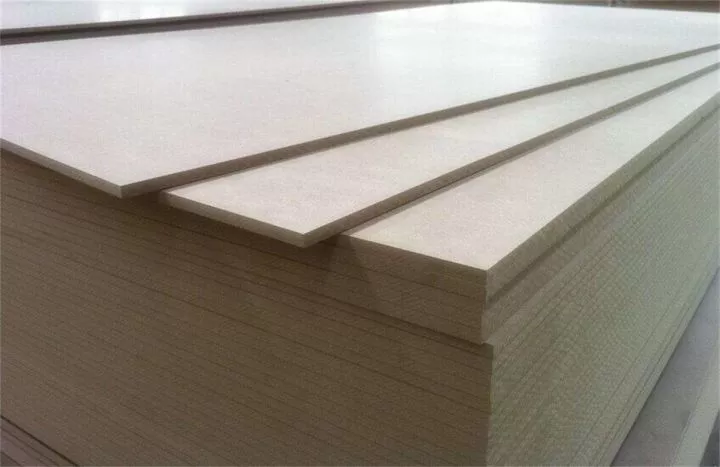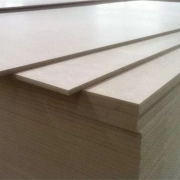What Is MDF?

MDF stands for medium-density fibreboard and is an engineered wood product. It is made by breaking down wood into small fibres and mixing them with wax and a resin binder. These fibres are then pressed together at a high temperature into panels. MDF is a lightweight alternative to plywood and has several advantages.
Veneered MDF
Veneered MDF sheets are an excellent alternative to solid wood. They can be used for furniture manufacturing and wall panelling. The edges of the boards can be finished with matching iron-on veneer edging strips. Veneered MDF is an environmentally friendly choice. It uses up to 95% of the tree’s harvested biomass.
Veneering requires careful handling and processing to prevent delamination. It should be checked for moisture content with a moisture meter that penetrates the veneer face. The moisture content should be between seven and nine per cent. Higher moisture content can cause checks and delamination. If you see a check in the face of the veneer, it is most likely that it has delamination.
Veneering is a process that creates flat panels for furniture and woodworking projects. It also provides a way for cabinetmakers to create furniture that features exotic wood. Veneering enhances the look of the project and design space.
MDF is a type of MDF
MDF is a common material that is made from wood mill residues. The wood fibres are ground to a fine powder, combined with resin and wax, and then heated and pressed to form dense sheets. The end result is a very smooth, uniform surface that can be painted or sealed. Unlike plywood, MDF does not contain any voids or knots.
There are three main grades of MDF, each with varying qualities. The standard grade contains wood fibres and a synthetic resin adhesive. The lightweight version has less wood fibres and is slightly weaker. Finally, high-density MDF is a tougher board with more wood fibres packed in. These qualities make MDF suitable for many applications, including the back of furniture, drawer bottoms, and flooring.
It is lighter than plywood
Plywood is a manufactured product made by binding thin sheets or fine layers of wood veneers together. It is very strong and dimensionally stable. However, it is also very expensive. It is also difficult to mould and cut, and it requires a veneer or a laminate finish. It also holds nails well.
MDF is softer than plywood, making it easier to cut. This means that it won’t crack or splinter and is better for carving intricate trim. Plywood also has a rough edge, which can result in ragged edges. MDF is a better choice for carving intricate trim than plywood.
If you’re looking for a lighter wood alternative for your next project, MDF may be the right choice. It’s an engineered wood composite made from fine pieces of wood and a resin binder. It is slightly more expensive than plywood, but it’s also lighter and stronger.
It is resistant to moisture
Moisture-resistant MDF is a popular material for cabinets, wall panels, and flooring in homes. It is resistant to water and is easily sanded, milled, and takes most types of paint, veneer, and adhesives. It is ideal for kitchens and bathrooms, but can also be used in tropical areas.
Moisture-resistant MDF is not waterproof, but it is resistant to high humidity and rain. However, this material should be treated with care and should not be exposed to extreme wet or humid conditions. In addition, the material must be regularly maintained or the protective coating will wear off over time. Moreover, if it is exposed to moisture for an extended period of time, the wood may warp or bend.
To waterproof MDF, you can use shellac, PVA glue, or moisture-resistant paint. However, it is important to use a water-based product that is designed specifically for MDF. Make sure you choose a product that is 100 per cent waterproof, as some water-based polyurethane will not adhere to MDF surfaces.
It emits formaldehyde
MDF is a type of wood that emits formaldehyde. This chemical is used in the manufacturing of furniture. It is also used in the preservation of organs and tissues. In addition to its uses in the woodworking industry, formaldehyde is also used in various cosmetics and food products. It is classified as an additive under code E240.
There are several factors involved in the emission of this chemical, but most studies have focused on the amount of MDF and the glues used to create it. There are likely other factors involved in the production of MDF as well.
Generally, the MDF needs to apply the finished paper on the surface to enhance the resistance features, and also play a decorative role. If you are looking for a professional finish foil paper manufacturer, please don’t hesitate to contact us for more details.




Leave a Reply
Want to join the discussion?Feel free to contribute!